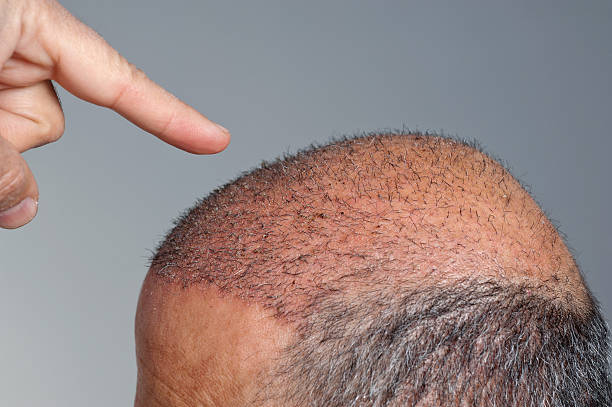Navigating the World of Hair Transplants: A Comprehensive Guide
Hair plays a significant role in our lives. It's not just about looks, but also about identity and confidence. For centuries, luscious locks have been associated with youthfulness and attractiveness. But what happens when your hair starts to thin or fall out? For many, the answer lies in hair transplant surgery. This procedure, which involves moving hair follicles from one part of the body to another, has gained significant popularity in recent years. However, it's essential to understand its intricacies, risks, and benefits before taking the plunge.

A Brief History of Hair Transplantation
Hair transplantation has come a long way since its inception. The first hair transplant surgery was performed in Japan in the late 1930s by Dr. Shoji Okuda, who used small grafts to restore hair in patients who had lost it due to injuries or burns.
However, it wasn’t until the 1950s that hair transplantation for pattern baldness began. Dr. Norman Orentreich, a dermatologist in New York, introduced the concept of ‘donor dominance’, suggesting that hair follicles taken from areas resistant to balding (such as the back and sides of the head) could continue to grow when transplanted to balding areas.
Over the years, techniques have evolved and improved significantly. Today’s procedures, like follicular unit transplantation (FUT) and follicular unit extraction (FUE), offer more natural-looking results with less scarring and downtime.
Understanding the Hair Transplant Process
Hair transplantation is a meticulous process. It begins with a consultation where the surgeon assesses the extent of hair loss, discusses the patient’s expectations, and determines the best type of procedure.
During the surgery, the surgeon removes hair follicles from the ‘donor area’ (usually the back or sides of the head) and transplants them into the ‘recipient area’ (the bald or thinning parts). The procedure can take anywhere from four to eight hours, depending on the number of grafts needed.
Post-surgery, patients may experience some swelling and discomfort in the treated areas, which typically subsides within a few days. The transplanted hair will fall out after a few weeks, making way for new hair growth. It usually takes about a year to see the full results.
The Growing Popularity of Hair Transplants
The demand for hair transplants has skyrocketed in recent years, partly driven by advancements in technology and techniques. Celebrities publicly discussing their hair transplants have also played a significant role in destigmatizing the procedure and making it more mainstream.
Another factor is the increasing social acceptance of cosmetic procedures. As society becomes more open to the idea of enhancing one’s appearance for personal satisfaction or confidence, procedures like hair transplants are becoming more commonplace.
The Risks and Rewards of Hair Transplants
Like any surgical procedure, hair transplants come with risks, including infection, bleeding, scarring, and unnatural-looking hair growth. However, these risks can be minimized by choosing a reputable surgeon and following post-operative care instructions.
The rewards, on the other hand, can be life-changing. For many people, a successful hair transplant can significantly improve self-esteem and quality of life. It’s also a relatively permanent solution, as the transplanted hair is resistant to balding.
Final Thoughts: Making An Informed Decision
Hair transplantation is a significant decision that should not be taken lightly. It’s crucial to do your research, understand the procedure, and have realistic expectations. Consult with a qualified surgeon who can guide you through the process and help you make an informed decision.
While hair transplants can be transformative, they’re not the only solution to hair loss. Other treatments, like medication, laser therapy, or lifestyle changes, can also be effective. The key is to find a solution that aligns with your needs, preferences, and comfort level.
Remember, hair or no hair, your value is not defined by your appearance. It’s important to embrace who you are and celebrate your unique beauty, whatever form it comes in.




